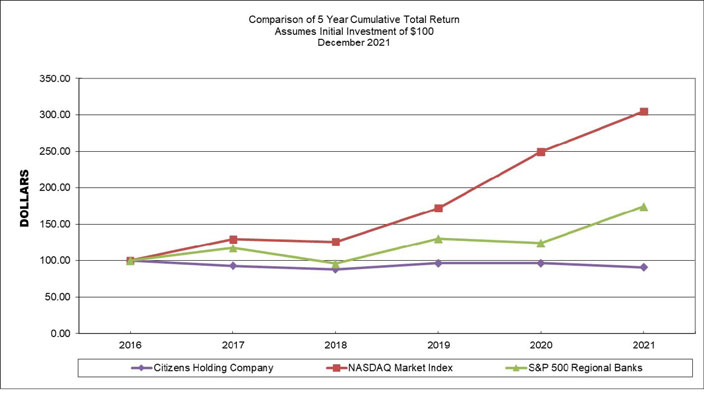Troubled debt restructurings (“TDR”) are those for which concessions have been granted to the borrower due to a deterioration of the borrower’s financial condition. Such concessions may include reduction in interest rates or deferral of interest or principal payments. In evaluating whether to restructure a loan, management analyzes the long-term financial condition of the borrower, including guarantor and collateral support, to determine whether the proposed concessions will increase the likelihood of repayment of principal and interest. TDR are classified as performing, unless they are on nonaccrual status of 90 days or more delinquent, in which case they are considered nonperforming.
The allowance for loan losses is established through a provision for loan losses charged against net income. Loans determined to be uncollectible are charged against the allowance for loan losses, and subsequent recoveries, if any, are credited to the allowance. The allowance represents an amount, which, in management’s judgment, will be adequate to absorb estimated probable losses on existing loans that may become uncollectible. In order to determine an adequate level of allowance, management utilizes a model that calculates the allowance for loan loss by applying an average historical
charge-off
percentage by loan segment and over a
20-quarter
period of time with the most current quarters weighted to show the effect of the most recent chargeoff activity to the current loan balances in the corresponding loan segment. Additionally, for substandard loan relationships with balances over $
100, specific reserves on an individual loan basis may be applied. The specific reserve is then added to the general reserve calculated using the model. The general reserve is calculated only on loans that have not been individually assessed for a specific reserve. This specific reserve is determined by an extensive review of the borrower’s credit history, capacity to pay, adequacy of collateral and general economic conditions related to the respective loan. This specific reserve will stay in place until such time that the borrower’s obligation is satisfied or the loan is greatly improved.
Large groups of small-balance homogenous loans are collectively evaluated for impairment. Accordingly, the Company does not separately identify individual consumer and residential loans for impairment disclosures.
Business Combinations, Accounting for Credit-Deteriorated Purchased Loans and Related Assets
Business combinations are accounted for by applying the acquisition method in accordance with ASC 805, “Business Combinations.” Under the acquisition method, identifiable assets acquired and liabilities assumed and any
non-controlling
interest in the acquiree at the acquisition date are measured at their fair values as of that date and are recognized separately from goodwill. Results of operations of the acquired entities are included in the Consolidated Statements of Income from the date of acquisition. Acquisition costs incurred by the Company are expensed as incurred.
